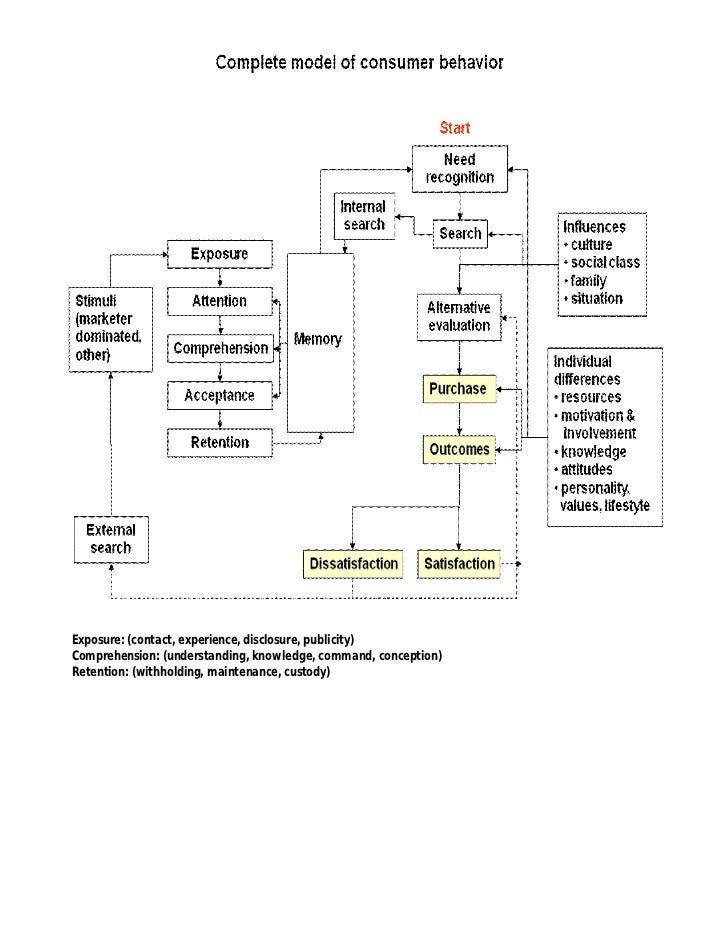Download Burger Personality Pdf
Personality 9th Edition by Jerry M. Burger and Publisher Cengage Learning. Save up to 80% by choosing the eTextbook option for ISBN: 038,. The print version of this textbook is ISBN: 882,.
Two studies were conducted to examine the relation between personality and the use of social influence strategies in the workplace. In Study 1, MBA students reported how often they used various influence tactics with their peers at work. They also completed measures of the Big Five personality dimensions, desire for control, and self-monitoring. Canonical correlation analyses found several significant relations between the reported use of influence strategies and personality. High scores on extra-version, self-monitoring, and desire for control predicted more and more varied use of influence strategies.
In Study 2, coworkers of the Study 1 participants indicated the extent to which they believed the student used each of the influence strategies and how effective they believed that person was at influencing them. The use of rational persuasion and efforts to involve the other person were related to perceived effectiveness, whereas relying on others to influence a coworker was seen as ineffective. Personality and organizational conflict: Effects of Type A behavior pattern and self-monitoring. Organizational Behavior and Human Decision Processes, 44, 281- 296., Barrick, M. R., & Mount, M. The Big Five personality dimensions and job performance: A meta-analysis.
Personnel Psychology, 44, 1- 26., Barrick, M. R., Mount, M. K., & Strauss, J. Conscientiousness and performance of sales representatives: Test of the mediating effects of goal setting.
Journal of Apple Psychology, 78, 715- 722., Belk, S. S., & Snell, W. Avoidance strategy use in intimate relationships.
Journal of Social and Clinical Psychology, 7, 80- 96., Block, J. A contrarian view of the five-factor approach to personality description.
Psychological Bulletin, 117, 187- 215., Briggs, S. The optimal level of measurement for personality constructs.
Cantor (Eds.), Personality psychology: Recent trends and emerging directions (pp. New York: Springer-Verlag., Burger, J. Desire for control and interpersonal interaction style. Journal of Research in Personality, 24, 32- 44., Burger, J. Desire for control Personality, social and clinical perspectives.
New York: Plenum. M., & Cooper, H. The desirability of control. Motivation and Emotion, 3, 381- 393., Buss, D. Selection, evocation, and manipulation. Journal of Personality and Social Psychology, 53, 1214- 1221., Buss, D.
Manipulation in close relationships: Five personality factors in interactional context. Journal of Personality, 60, 478- 499. M., Gomes, M., Higgins, D. S., & Lauterbach, K. Tactics of manipulation. Journal of Personality and Social Psychology, 52, 1219- 1229., Caldwell, D. F., & O'Reilly, C.

Boundary spanning and individual performance: The impact of self-monitoring. Journal of Applied Psychology, 67, 124- 127., Caldwell, D. F., & O'Reilly, C. Responses to failure: The effects of choice and responsibility on impression management. Academy of Management Journal, 25, 121- 136., Cialdini, R. Influence ( 3rd ed.). New York: HarperCollins.
T., Jr., & McCrae, R. Professional manual for the Revised NEO Personality Inventory and NEO Five-Factor Inventory. Odessa, FL: Psychological Assessment Resources. Dembroski, T.
M., MacDougall, J. M., & Musante, L. Desirability of control versus locus of control: Relationship to paralinguistics in the Type A interview. Health Psychology, 3, 15- 26., Digman, J.
Personality structure: Emergence of the five-factor model. Annual Review of Psychology, 41, 417- 440., Endler, N.
S., & Magnusson, D. Toward an interactional psychology of personality. Psychological Bulletin, 83, 956- 974., Falbo, T., & Peplau, L. Power strategies in intimate relationships.
Journal of Personality and Social Psychology, 38, 618- 628., Higgins, E. Personality, social psychology, and person-situation relations: Standards and knowledge activation as a common language. Pervin (Ed.), Handbook of personality: Theory and research (pp. New York: Guilford. The 'Big Five' factor taxonomy: Dimensions of personality in the natural language and in questionnaires. Pervin (Ed.), Handbook of personality: Theory and research (pp.
New York: Guilford. Kilduff, M., & Day, D. Do chameleons get ahead? The effects of self-monitoring on managerial careers. Academy of Management Journal, 37, 1047- 1060., Kipnis, D., & Schmidt, S. Profile of organizational influence strategies.
San Diego, CA: University Associates. Kipnis, D., Schmidt, S. M., & Wilkinson, I.
Intraorganizational influence tactics: Explorations in getting one's way. Journal of Applied Psychology, 65, 440- 452., Lennox, R.
D., & Wolfe, R. Revision of the self-monitoring scale. Journal of Personality and Social Psychology, 46, 1349- 1364., Murray, H. Explorations in personality. New York: Oxford University Press.
Do union organizers matter? Individual differences, campaign practices, and representation election outcomes. Industrial and Labor Relations Review, 43, 103- 119., Schriesheim, C. A., & Hinkin, T. Influence tactics used by subordinates: A theoretical and empirical analysis and refinement of the Kipnis, Schmidt, and Wilkinson subscales.
Journal of Applied Psychology, 75, 246- 257., Smith, P. C., Kendall, L. M., & Hulin, C. The measurement of satisfaction in work and retirement, Chicago: Rand McNally. The self-monitoring of expressive behavior.
Journal of Personality and Social Psychology, 30, 526- 537., Snyder, M. Public appearances, private realities: The psychology of se4f-monitoring New York: Freeman. Yukl, G., & Falbe, C.
Influence tactics and objectives in upward, downward, and lateral influence attempts. Journal of Applied Psychology, 75, 132- 140., Yiukl, G., & Tracey, J. Consequences of influence tactics used with subordinates, peers, and the boss.
Personality Jerry Burger Pdf
Journal of Applied Psychology, 77, 525- 535., Zimmerman, M. Toward a theory of learned hopefulness: A structural model analysis of participation and empowerment. Journal of Research in Personality, 24, 71- 86., Zimmerman, M.
A., & Rappaport, J. Citizen participation, perceived control, and psychological empowerment. American Journal of Community Psychology, 16, 725- 750.